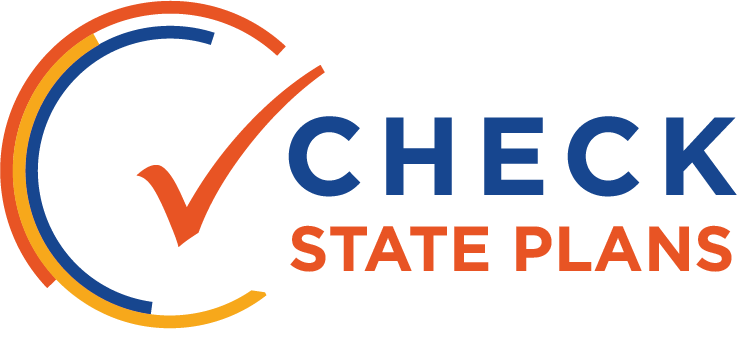
GOALS

Virginia’s plan lacks a vision and provides minimal information required to comply with the law’s requirements.
Its targets and long-term goals are admirable in that they aspire to completely close gaps across subgroups by the 2023-24 school year, but that simplifies the fact the resulting goals are completely unambitious for some student groups and, perhaps, overly optimistic for others.
Specifically, the goals expect 75 percent success in reading and 70 percent in math on a new “combined” performance rate, and 84 percent on-time graduation, with corresponding goals of 85 percent for five- and 86 percent for six-year graduation. However, some subgroups, including the “all students” group, already meet the long-term goals for many indicators because the goals aim to bring up the performance of lower-performing subgroups to meet the level currently demonstrated by all students. For example, only 56 percent of students with disabilities currently graduate on-time, and the long-term goal would increase that to 84 percent by 2023-24—a significant gain—but white students already meet the goal, and black students are just two points from it. Virginia does not provide analysis or a clear rationale for expecting such large gains from certain groups, but no further progress from others, creating an overall imbalance between goals that are ambitious and goals that are achievable.
Virginia proposes to set achievement goals using a new “combined rate” and thus, lacks goals for students meeting grade-level standards.
The combined rate includes proficiency and progress in English language arts and math, plus English language proficiency (ELP), in one metric, adding unnecessary confusion and inhibiting transparency. In the combined rate, schools receive full credit if a student: (1) scored proficient on state tests; (2) scored non-proficient, but gained at least half a performance level; or (3) was neither proficient nor making growth in reading, but is an English learner who made an unspecified amount of ELP progress (this does not apply in math). All three outcomes are treated equally, masking schools’ strengths and weaknesses on each measure individually. Although the combined rate may serve an important purpose, as it seeks to give credit to schools where students are non-proficient, but making progress in other areas, that purpose could be met in other ways. The combined rate does a disservice to students, particularly English learners, and ESSA specifically requires states to set achievement goals separately, even if they use growth and other measures for accountability.
Virginia also does not yet have goals for progress toward ELP, as the state is waiting for another year of test data on the WIDA ACCESS 2.0. Finally, Virginia should be commended for electing to set a goal and annual targets for chronic absenteeism. Unfortunately, the methodology suffers from similar flaws as other goals: two subgroups already meet the goal of 10 percent, and many others are starting from a baseline of 11 percent. The plan would be strengthened by offering a rationale for how a one or two point decrease over seven years is a rigorous expectation.
 OVERVIEW
OVERVIEW





